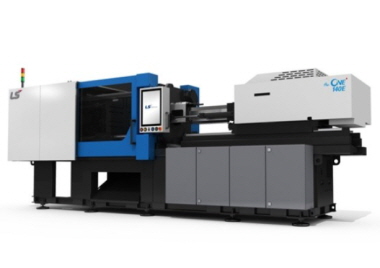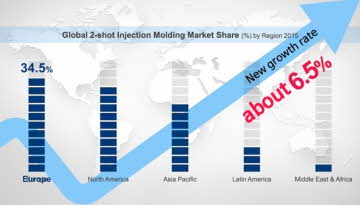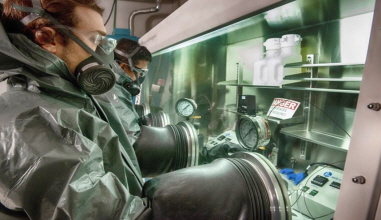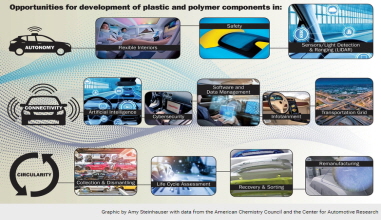Technology & solutions
Stäubli robots answer automotive's needs for productivity, reliability and collaboration
Stäubli robots answer automotive's needs for productivity, reliability and collaboration
In automotive, the main needs are productivity and reliability, according to Olivier Cremoux, business development manager for North America at Stäubli Corp., the U.S. subsidiary of Switzerland's Stäubli Group. The company specializes in three core areas: connectors, such as mold clamping systems and quick-release couplings; robotics; and machinery for textile production.
"That's a big concern in the automotive market — the reliability — because they cannot have a shutdown of the production," Cremoux said during a technology days event in September at its Novi training facility and service center.
"The idea is really to present new solutions to the customers, to help them think out of the box. … How can I bring a little bit of automation, but still maintain some operators and collaborate with my operators?" he explained. "So we try to bring solutions, concepts, and to make them think about how they could develop their actual production process."
Collaboration — between Stäubli and its customers as well as machine to machine and machine to operator, thanks in part to Industry 4.0 connectivity — has been "really pushed by the automotive market," Cremoux said.
"Their three main requirements are: I want more productivity, meaning basically I want to get a return on investments faster on my robotic solution. I want reliability. I don't want any problems on my line — no time for that. I want more collaboration because I want to be able to combine operators and robotics working at the same time."
But if operators and robots are working side-by-side, safety becomes the No. 1 priority.
With the TX2touch, for example — Stäubli's highest version of collaboration and its safest cobot on the market, Cremoux said — the robot slows down as soon as an operator enters the working environment. It is also outfitted with a safe touch skin that can be up to 20 millimeters thick. When an operator touches the skin, the robot stops.
"If I come closer, I'm detected, and this is a safe-stop," Cremoux said while demonstrating the TX2touch's safety features.
"If I touch him, he will stop, meaning I can be working close to the robotic system. If there is a risk of damage, he will not move. If there is a risk of collision, he will stop," he explained. "It's collaboration with different safety functions."
For the plastics industry, in general, cartesian or linear robots are still used more often, especially if it's a basic or cheap part that just needs to be unloaded from an injection molding machine.
If the plastic part has added value or requires secondary processes, though, that's when five- or six-axis robots make more sense, Cremoux said. This is especially true in automotive, where parts can get complex and a higher level of quality is demanded.




















